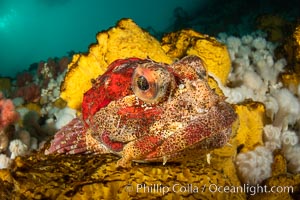
Red Irish Lord sculpinfish, Browning Pass, British Columbia.
Species: Red irish lord, Hemilepidotus hemilepidotus
Location: British Columbia, Canada
Image ID: 35256
Species: Red irish lord, Hemilepidotus hemilepidotus
Location: British Columbia, Canada
Image ID: 35256
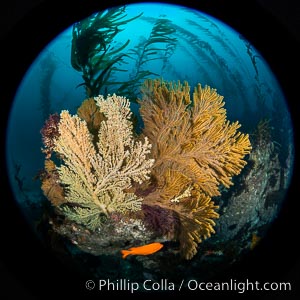
Parasitic zoanthid anemones cover, encrust and overwhelm a golden gorgonian. The gorgonian on the left has been completely parasitized by zoanthid anemones, while the gorgonian to the right remains free of zoanthids (for now). A garibaldi swims below the two sea fans. The golden gorgonian is a filter-feeding temperate colonial species that lives on the rocky bottom at depths between 50 to 200 feet deep. Each individual polyp is a distinct animal, together they secrete calcium that forms the structure of the colony. Gorgonians are oriented at right angles to prevailing water currents to capture plankton drifting by.
Species: California golden gorgonian, Luminescent parazoanthid, Zoanthid anemone, Giant kelp, Muricea californica, Parazoanthus lucificum, Savalia lucifica, Macrocystis pyrifera
Location: San Clemente Island, California
Image ID: 38493
Species: California golden gorgonian, Luminescent parazoanthid, Zoanthid anemone, Giant kelp, Muricea californica, Parazoanthus lucificum, Savalia lucifica, Macrocystis pyrifera
Location: San Clemente Island, California
Image ID: 38493
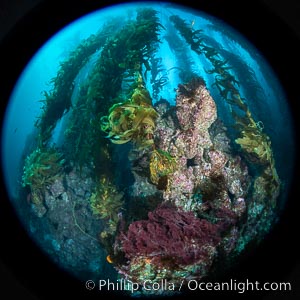
The Kelp Forest and Rocky Reef of San Clemente Island. Giant kelp grows rapidly, up to 2' per day, from the rocky reef on the ocean bottom to which it is anchored, toward the ocean surface where it spreads to form a thick canopy. Myriad species of fishes, mammals and invertebrates form a rich community in the kelp forest. Lush forests of kelp are found throughout California's Southern Channel Islands.
Species: Giant kelp, Macrocystis pyrifera
Location: San Clemente Island, California
Image ID: 38494
Species: Giant kelp, Macrocystis pyrifera
Location: San Clemente Island, California
Image ID: 38494
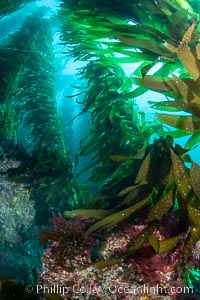
The Kelp Forest and Rocky Reef of San Clemente Island. Giant kelp grows rapidly, up to 2' per day, from the rocky reef on the ocean bottom to which it is anchored, toward the ocean surface where it spreads to form a thick canopy. Myriad species of fishes, mammals and invertebrates form a rich community in the kelp forest. Lush forests of kelp are found throughout California's Southern Channel Islands.
Species: Giant kelp, Macrocystis pyrifera
Location: San Clemente Island, California
Image ID: 38495
Species: Giant kelp, Macrocystis pyrifera
Location: San Clemente Island, California
Image ID: 38495
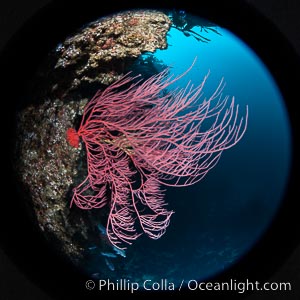
Red gorgonian on rocky reef, below kelp forest, underwater. The red gorgonian is a filter-feeding temperate colonial species that lives on the rocky bottom at depths between 50 to 200 feet deep. Gorgonians are typically oriented at right angles to prevailing water currents to capture plankton drifting by.
Species: Red gorgonian, Leptogorgia chilensis, Lophogorgia chilensis
Location: San Clemente Island, California
Image ID: 38496
Species: Red gorgonian, Leptogorgia chilensis, Lophogorgia chilensis
Location: San Clemente Island, California
Image ID: 38496
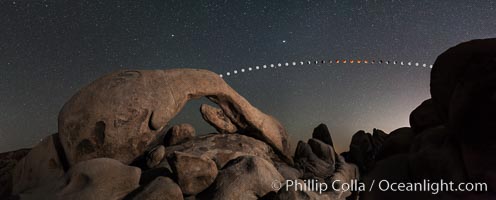
Lunar Eclipse and blood red moon sequence over Arch Rock, planet Mars above the moon, composite image, Joshua Tree National Park, April 14/15 2014.
Image ID: 29201
Panorama dimensions: 5835 x 14655
Image ID: 29201
Panorama dimensions: 5835 x 14655
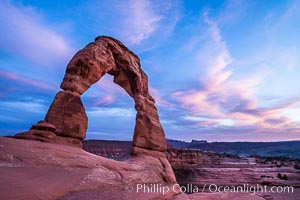
Delicate Arch at Sunset, Arches National Park.
Location: Delicate Arch, Arches National Park, Utah
Image ID: 29283
Location: Delicate Arch, Arches National Park, Utah
Image ID: 29283
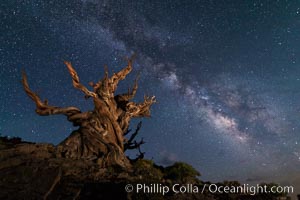
Stars and the Milky Way over ancient bristlecone pine trees, in the White Mountains at an elevation of 10,000' above sea level. These are the oldest trees in the world, some exceeding 4000 years in age.
Species: Bristlecone pine, Pinus longaeva
Location: Ancient Bristlecone Pine Forest, White Mountains, Inyo National Forest, California
Image ID: 29406
Species: Bristlecone pine, Pinus longaeva
Location: Ancient Bristlecone Pine Forest, White Mountains, Inyo National Forest, California
Image ID: 29406
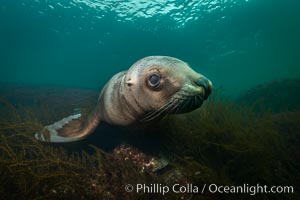
Steller sea lion underwater, Norris Rocks, Hornby Island, British Columbia, Canada.
Species: Steller sea lion, Eumetopias jubatus
Location: Hornby Island, British Columbia, Canada
Image ID: 32661
Species: Steller sea lion, Eumetopias jubatus
Location: Hornby Island, British Columbia, Canada
Image ID: 32661
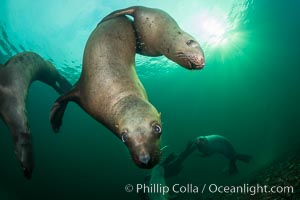
Steller sea lions underwater, Norris Rocks, Hornby Island, British Columbia, Canada.
Species: Steller sea lion, Eumetopias jubatus
Location: Hornby Island, British Columbia, Canada
Image ID: 32662
Species: Steller sea lion, Eumetopias jubatus
Location: Hornby Island, British Columbia, Canada
Image ID: 32662
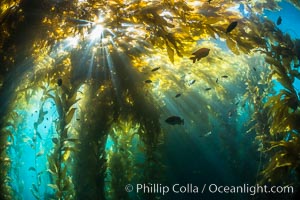
Sunlight streams through giant kelp forest. Giant kelp, the fastest growing plant on Earth, reaches from the rocky reef to the ocean's surface like a submarine forest.
Species: Giant kelp, Macrocystis pyrifera
Location: Catalina Island, California
Image ID: 33433
Species: Giant kelp, Macrocystis pyrifera
Location: Catalina Island, California
Image ID: 33433
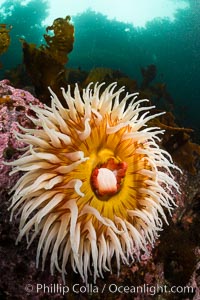
The Fish Eating Anemone Urticina piscivora, a large colorful anemone found on the rocky underwater reefs of Vancouver Island, British Columbia.
Species: Fish-eating anemone, Urticina piscivora
Location: British Columbia, Canada
Image ID: 34327
Species: Fish-eating anemone, Urticina piscivora
Location: British Columbia, Canada
Image ID: 34327
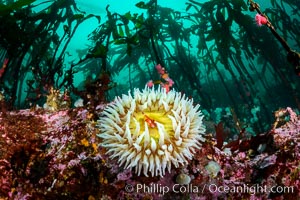
The Fish Eating Anemone Urticina piscivora, a large colorful anemone found on the rocky underwater reefs of Vancouver Island, British Columbia.
Species: Fish-eating anemone, Urticina piscivora
Location: British Columbia, Canada
Image ID: 34331
Species: Fish-eating anemone, Urticina piscivora
Location: British Columbia, Canada
Image ID: 34331
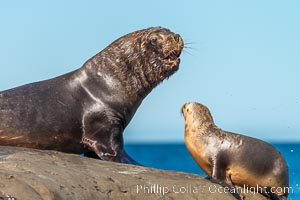
Mature adult male South American sea lion and juvenile, hauled out on rocks to rest and warm in the sun, Otaria flavescens, Patagonia, Argentina.
Species: South American Sea Lion, Otaria flavescens
Location: Puerto Piramides, Chubut, Argentina
Image ID: 38363
Species: South American Sea Lion, Otaria flavescens
Location: Puerto Piramides, Chubut, Argentina
Image ID: 38363

Steller Sea Lions and Bald Eagles atop Norris Rocks, Hornby Island and Vancouver Island, panoramic photo.
Species: Steller sea lion, Eumetopias jubatus
Location: Hornby Island, British Columbia, Canada
Image ID: 32659
Panorama dimensions: 4637 x 24166
Species: Steller sea lion, Eumetopias jubatus
Location: Hornby Island, British Columbia, Canada
Image ID: 32659
Panorama dimensions: 4637 x 24166
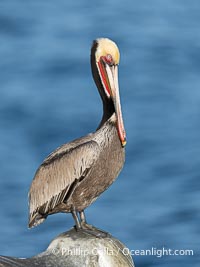
Perfect California brown pelican breeding plumage portrait, with brown hind neck, yellow head and bright red throat, perched on rock over the Pacific Ocean in La Jolla.
Species: Brown Pelican, Pelecanus occidentalis, Pelecanus occidentalis californicus
Location: La Jolla, California
Image ID: 40240
Species: Brown Pelican, Pelecanus occidentalis, Pelecanus occidentalis californicus
Location: La Jolla, California
Image ID: 40240
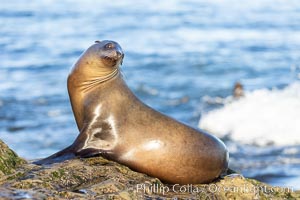
California Sea Lion Resting in the Sun, on rocky reef.
Species: California sea lion, Zalophus californianus
Location: La Jolla, California
Image ID: 36860
Species: California sea lion, Zalophus californianus
Location: La Jolla, California
Image ID: 36860
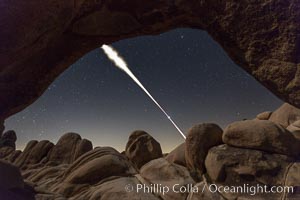
Lunar Eclipse Sequence, the path of the moon through the sky as it progresses from being fully visible (top) to fully eclipsed (middle) to almost fully visible again (bottom), viewed through Arch Rock, April 4 2015.
Location: Joshua Tree National Park, California
Image ID: 30713
Location: Joshua Tree National Park, California
Image ID: 30713
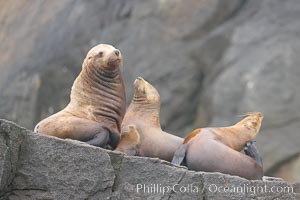
Steller sea lions (Northern sea lions) gather on rocks. Steller sea lions are the largest members of the Otariid (eared seal) family. Males can weigh up to 2400 lb., females up to 770 lb.
Species: Steller sea lion, Eumetopias jubatus
Location: Chiswell Islands, Kenai Fjords National Park, Alaska
Image ID: 16977
Species: Steller sea lion, Eumetopias jubatus
Location: Chiswell Islands, Kenai Fjords National Park, Alaska
Image ID: 16977
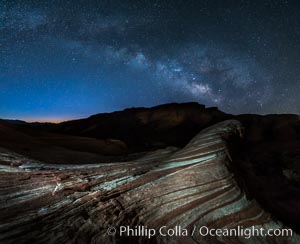
Milky Way galaxy rises above the Fire Wave, Valley of Fire State Park.
Location: Valley of Fire State Park, Nevada
Image ID: 28428
Location: Valley of Fire State Park, Nevada
Image ID: 28428
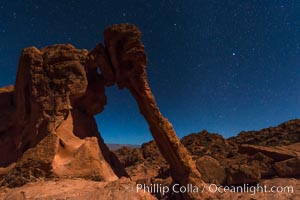
Elephant arch and stars at night, moonlight, Valley of Fire State Park.
Location: Valley of Fire State Park, Nevada
Image ID: 28435
Location: Valley of Fire State Park, Nevada
Image ID: 28435
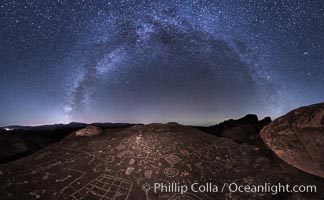
The Milky Way at Night over Sky Rock. Sky Rock petroglyphs near Bishop, California. Hidden atop an enormous boulder in the Volcanic Tablelands lies Sky Rock, a set of petroglyphs that face the sky. These superb examples of native American petroglyph artwork are thought to be Paiute in origin, but little is known about them.
Location: Bishop, California
Image ID: 28817
Panorama dimensions: 13870 x 16600
Location: Bishop, California
Image ID: 28817
Panorama dimensions: 13870 x 16600
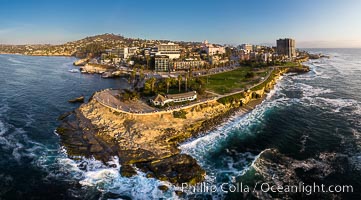
Aerial Panoramic Photo of Point La Jolla at sunset, La Jolla and Mount Soledad. People enjoying the sunset on the sea wall looking at sea lions on the rocks.
Location: La Jolla, California
Image ID: 38207
Panorama dimensions: 5354 x 9669
Location: La Jolla, California
Image ID: 38207
Panorama dimensions: 5354 x 9669
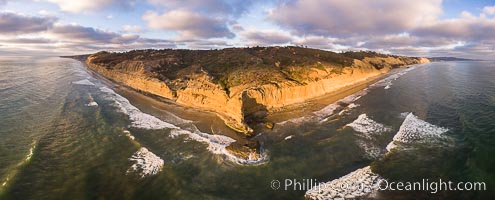
Flat Rock and Torrey Pines Seacliffs at Sunset, aerial photo.
Location: Torrey Pines State Reserve, San Diego, California
Image ID: 38227
Location: Torrey Pines State Reserve, San Diego, California
Image ID: 38227
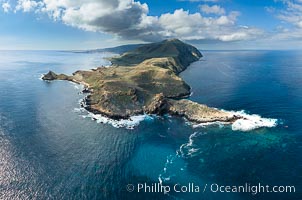
San Clemente Island aerial photo, Pyramid Head and Balanced Rock (China Hat) at the southern end of the island. San Clemente Island Pyramid Head, the distinctive pyramid shaped southern end of the island, exhibits distinctive geologic terracing, underwater reefs and giant kelp forests.
Location: San Clemente Island, California
Image ID: 38483
Location: San Clemente Island, California
Image ID: 38483
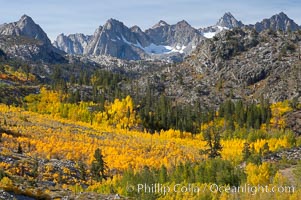
Aspen trees cover Bishop Creek Canyon above Aspendel.
Species: Aspen, Populus tremuloides
Location: Bishop Creek Canyon, Sierra Nevada Mountains, California
Image ID: 17528
Species: Aspen, Populus tremuloides
Location: Bishop Creek Canyon, Sierra Nevada Mountains, California
Image ID: 17528
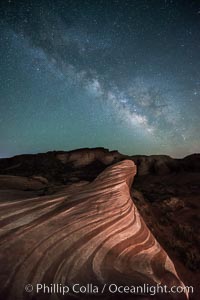
Milky Way galaxy rises above the Fire Wave, Valley of Fire State Park.
Location: Valley of Fire State Park, Nevada
Image ID: 28554
Location: Valley of Fire State Park, Nevada
Image ID: 28554
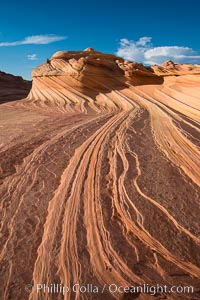
The Second Wave at Sunset, Vermillion Cliffs. The Second Wave, a curiously-shaped sandstone swirl, takes on rich warm tones and dramatic shadowed textures at sunset. Set in the North Coyote Buttes of Arizona and Utah, the Second Wave is characterized by striations revealing layers of sedimentary deposits, a visible historical record depicting eons of submarine geology.
Location: North Coyote Buttes, Paria Canyon-Vermilion Cliffs Wilderness, Arizona
Image ID: 28619
Location: North Coyote Buttes, Paria Canyon-Vermilion Cliffs Wilderness, Arizona
Image ID: 28619
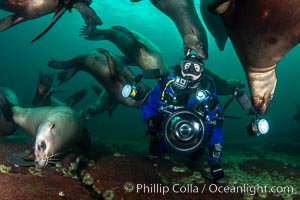
Photographer Celia Kujala and Steller Sea Lions Underwater, underwater photographer, Hornby Island, British Columbia, Canada.
Species: Steller sea lion, Eumetopias jubatus
Location: Norris Rocks, Hornby Island, British Columbia, Canada
Image ID: 36120
Species: Steller sea lion, Eumetopias jubatus
Location: Norris Rocks, Hornby Island, British Columbia, Canada
Image ID: 36120
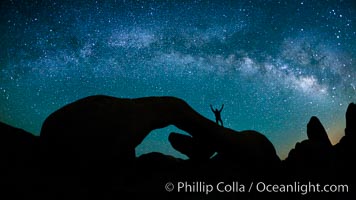
The Milky Way galaxy arches over Arch Rock on a clear evening in Joshua Tree National Park.
Location: Joshua Tree National Park, California
Image ID: 26792
Location: Joshua Tree National Park, California
Image ID: 26792